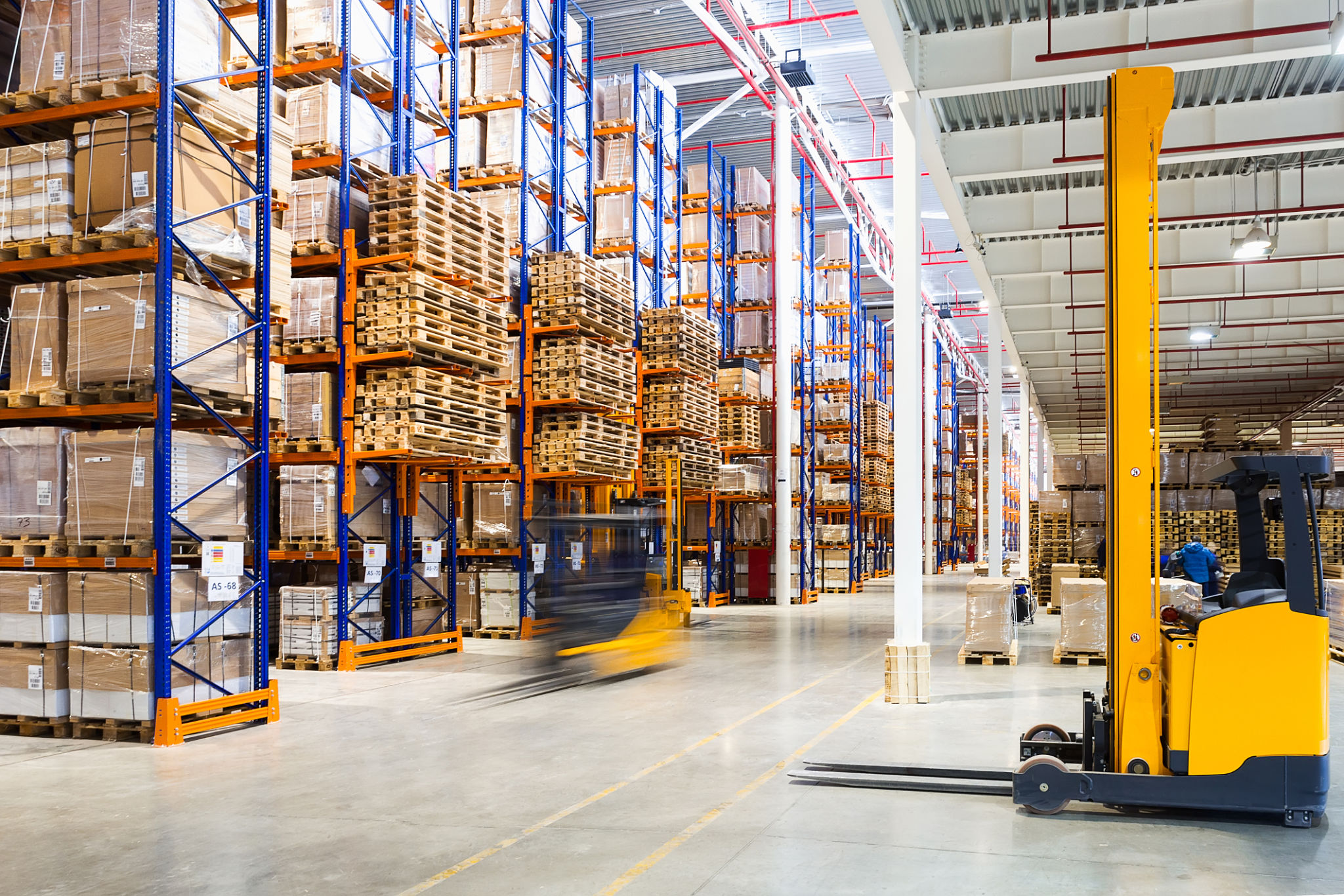Comparing New vs. Used Warehouse Racking: What’s Best for You?
The Basics of Warehouse Racking
When it comes to organizing and optimizing your warehouse space, racking solutions play a crucial role. Choosing between new and used warehouse racking can significantly impact your operations, costs, and efficiency. Both options come with their own sets of advantages and challenges, making the decision not always straightforward. Understanding the differences can help you make an informed choice that best suits your needs.

Cost Considerations
One of the primary factors in deciding between new and used racking is cost. New racking systems can be a significant investment, but they also offer the latest in design, technology, and load-bearing capacities. If budget constraints are a concern, used racking might be a more economical choice. It's important to weigh the initial savings against potential future costs such as repairs or replacements.
While new racks come with warranties and guarantees, used racks may lack these assurances. That said, buying used does not necessarily mean compromising on quality. Many used racks are still in excellent condition and can offer substantial savings.
Quality and Condition
The quality and condition of the racking system are paramount, regardless of whether it's new or used. New racking provides peace of mind with its pristine condition and compliance with the latest safety standards. For businesses that prioritize safety and reliability, investing in new systems might be the best choice.

On the other hand, purchasing used racking requires a more careful inspection process. It's crucial to assess the structure for any signs of wear and tear, rust, or damage. Working with reputable suppliers who offer quality checks can mitigate some risks associated with buying used systems.
Customization and Flexibility
Another aspect to consider is the level of customization you require. New racking systems are generally more adaptable to specific needs since they can be tailored to your warehouse layout and storage requirements. This customization ensures that your racking setup aligns perfectly with your operational goals.

Used racking systems might offer limited customization options since they were initially designed for different purposes. However, if you have a flexible layout or don't require specific configurations, used racks can still be a viable option.
Sustainability Considerations
As businesses become more environmentally conscious, sustainability plays a larger role in decision-making processes. Opting for used racking is inherently more sustainable, as it involves repurposing existing materials and reducing waste. For companies focused on minimizing their environmental footprint, used racking presents a greener alternative.
Conversely, new racking systems can also contribute to sustainability if they are designed with recyclable materials or energy-efficient production methods. Evaluating the environmental impact of both options can guide you toward a choice that aligns with your sustainability goals.
Conclusion
Ultimately, whether you choose new or used warehouse racking depends on your specific needs, budget, and priorities. Consider factors such as cost, quality, customization, and sustainability when making your decision. By thoroughly evaluating each option, you can select a racking system that optimizes your warehouse operations and supports your business objectives.
